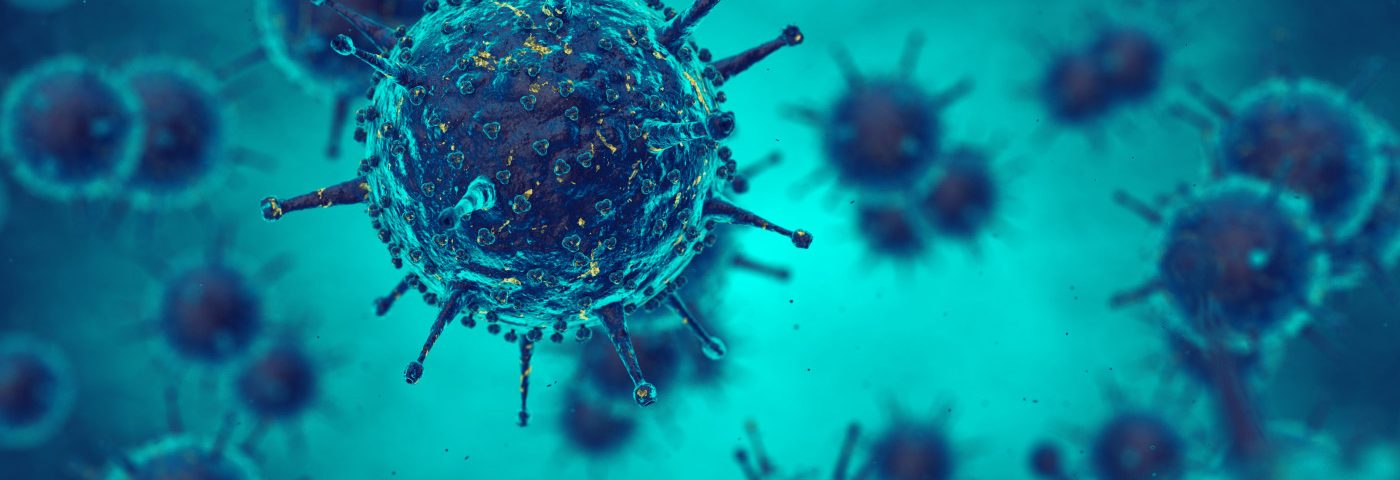The anti-cancer medicine ruxolitinib was successfully used to treat a boy with hemophagocytic lymphohistiocytosis (HLH) who was unable to receive immunosuppressant therapies due to a viral infection, a case study reported.
These findings support clinical trials to evaluate ruxolitinib as a first-line treatment for HLH, the researchers said.
The study, “Ruxolitinib in Alleviating the Cytokine Storm of Hemophagocytic Lymphohistiocytosis,” was published in the journal Pediatrics.
HLH is characterized by uncontrolled inflammation caused by an overactive response of the immune system. The disease can be inherited, called primary HLH, or triggered by autoimmune disorders, cancer, infections, or medications that suppress the immune system — then known as secondary HLH.
First-line treatment for secondary HLH typically includes immunosuppressant medications. However, patients with an active viral infection are not suitable for such immunosuppressant treatment.
Several studies have identified pro-inflammatory cytokines — immune system signaling proteins — as key contributors to inflammation in HLH. These cytokines are secreted in high amounts, a so-called cytokine storm, and are known to activate a pathway called Janus kinase 1 and 2 (JAK1/2).
Ruxolitinib, sold under the brand name Jakafi by Incyte, blocks the JAK1/2 pathway and is currently approved to treat a type of bone marrow cancer, as well as bone marrow transplant rejection.
The therapy has successfully been used to treat HLH in mice in recent studies. In clinical practice, it was used in combination with first-line medicines to help two adults and one child with HLH.
Now, researchers at the Children’s Hospital of Capital Institute of Pediatrics, in China, reported on the successful use of ruxolitinib to treat a 6-year-old boy diagnosed with HLH who had an active hepatitis B virus infection. Due to the infection, the child was unable to receive first-line immunosuppressant therapies.
The boy was hospitalized due to a high fever lasting more than a month. He was then diagnosed with HLH based on several clinical markers, including an enlarged spleen and blood tests showing elevated levels of triglycerides (fats) and ferritin, and low levels of fibrinogen.
Tests for infectious diseases revealed a hepatitis B virus infection that he had carried since birth. Before coming to the hospital, the boy had been treated to control the infection, but his health had deteriorated. Whether these measures were “related to the pathogenesis of HLH was not clear,” the researchers wrote.
Of note, pathogenesis literally means how a disease (pathos) begins (genesis) or develops.
No other triggers were identified, such as autoimmune disease or cancer, and a genetic analysis failed to find mutations in HLH-related genes.
As immunosuppressant therapies were likely to aggravate the viral infection, the boy’s doctors decided to try other alternatives. Thus, two days after hospitalization, the patient was prescribed 2.5 mg of ruxolitinib twice daily, based on previous experience with children with untreatable cancer.
After three days of treatment, his body temperature rapidly returned to normal. After five days of treatment, he was started on the hepatitis B virus medicine entecavir (sold under the brand name Baraclude by Bristol Myers Squibb). His cytokine levels decreased after six days.
After 11 days, his white blood cell count and hemoglobin levels were significantly higher, and the C-reactive protein level, a marker for inflammation, was normal. His spleen looked better as well.
One month later, almost all clinical signs returned to normal, and his hepatitis B virus infection was controlled. Ruxolitinib was continued for three months, and entecavir was used for six months following the initial hospitalization.
At a one-year follow-up visit, the boy remained in normal health with no suspected serious adverse reactions reported.
“With this case study, we confirmed the therapeutic effect of ruxolitinib in HLH, which highlights that ruxolitinib is a promising drug as a first-line treatment of the cytokine storm of HLH,” the researchers wrote.
The team suggests that ruxolitinib “may be ushering in the age of glucocorticosteroid-free HLH treatment, which is particularly meaningful for children because it avoids the side effects of glucocorticosteroid.”
Nonetheless, the team noted that “further investigation with clinical trials is needed to identify the optimal dose, duration, and adverse effects of ruxolitinib in HLH.”

